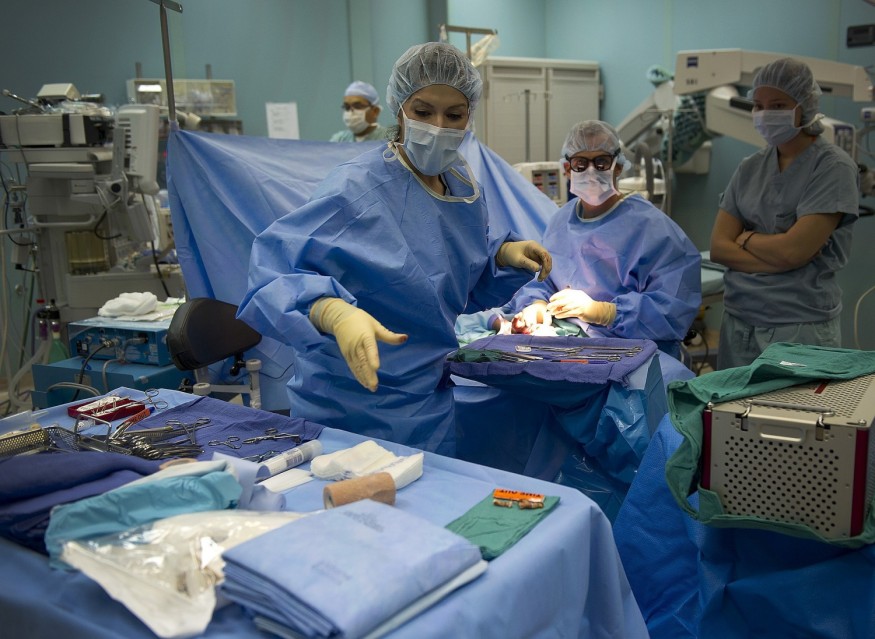With the aid of virtual reality, surgeons have just executed one of the trickiest conjoined twin separations ever documented. One of the surgeons who oversaw the procedure and the founder of the nonprofit Gemini Untwined, Noor ul Owase Jeelani, told the British news agency PA Media (via BBC) that in some ways, the operations are considered the hardest of our time, and to do it in virtual reality was just really man-on-Mars stuff.

Conjoined Twins Surgery Using Virtually Reality
The three-year-old Brazilian twins, Bernardo and Arthur, were born with fused brains because they had craniopagus or fused skulls. The illness is extremely unusual, which makes it difficult to treat. Previous attempts by surgeons to separate the boys had already failed, which had caused a buildup.
The team of surgeons used VR as a tool to reduce risk and forecast outcomes to overcome the numerous challenges posed by the nature of craniopagus as well as the extensive scarring. Through VR technology, medical professionals from all over the world were brought together. The doctors collaborated with VR engineers to develop an exact digital representation of the boys' complex anatomy using MRI and CT images. They could see into the twins' fused brains as a result, and they also had the chance to test various surgical methods.
Although using virtual reality to separate infants with craniopagus has been performed previously, according to the Guardian, Jeelani said that this was the first time surgeons from different nations got together in a virtual operating room and practiced the procedure together. Regarding the VR integration, Jeelani said, "It's really great to see the anatomy and do the surgery before you put the children at any risk."
The actual surgery required over 100 medical professionals and took 27 hours to complete. Thankfully, everything went as planned, and the twins are said to be healing nicely. The procedure's success may pave the way for the use of VR in various further surgical procedures, including those that are not difficult cases of craniopagus. According to Jeelani, the model they have done can and should be reproduced for other super-rare situations.
Successful Operation on the Conjoined Twins
Jeelani said that he was shattered after the 27-hour operation. He only took four 15-minute breaks for food and water. Yet, he said it was wonderful to see the family overjoyed afterward. "There were lots of hugs and tears. It was fantastic to be able to assist them on this journey," he said.
He said that, like all conjoined twins after separation, the boys' blood pressures and heart rates were through the roof until they were reunited four days later and touched hands. He said that the twins were doing well. He co-led the procedure with Dr. Gabriel Mufarrej, the head of pediatric surgery at Brazil's Instituto Estadual do Cerebro Paulo Niemeyer.
Dr. Mufarrej stated that the boys had been cared for by the hospital where he worked for two and a half years, and their separation would be life-changing.
RELATED ARTICLE : Twins Conjoined Successfully Separated After an 18-Hour Operation
Check out more news and information on Medicine and Health in Science Times.












